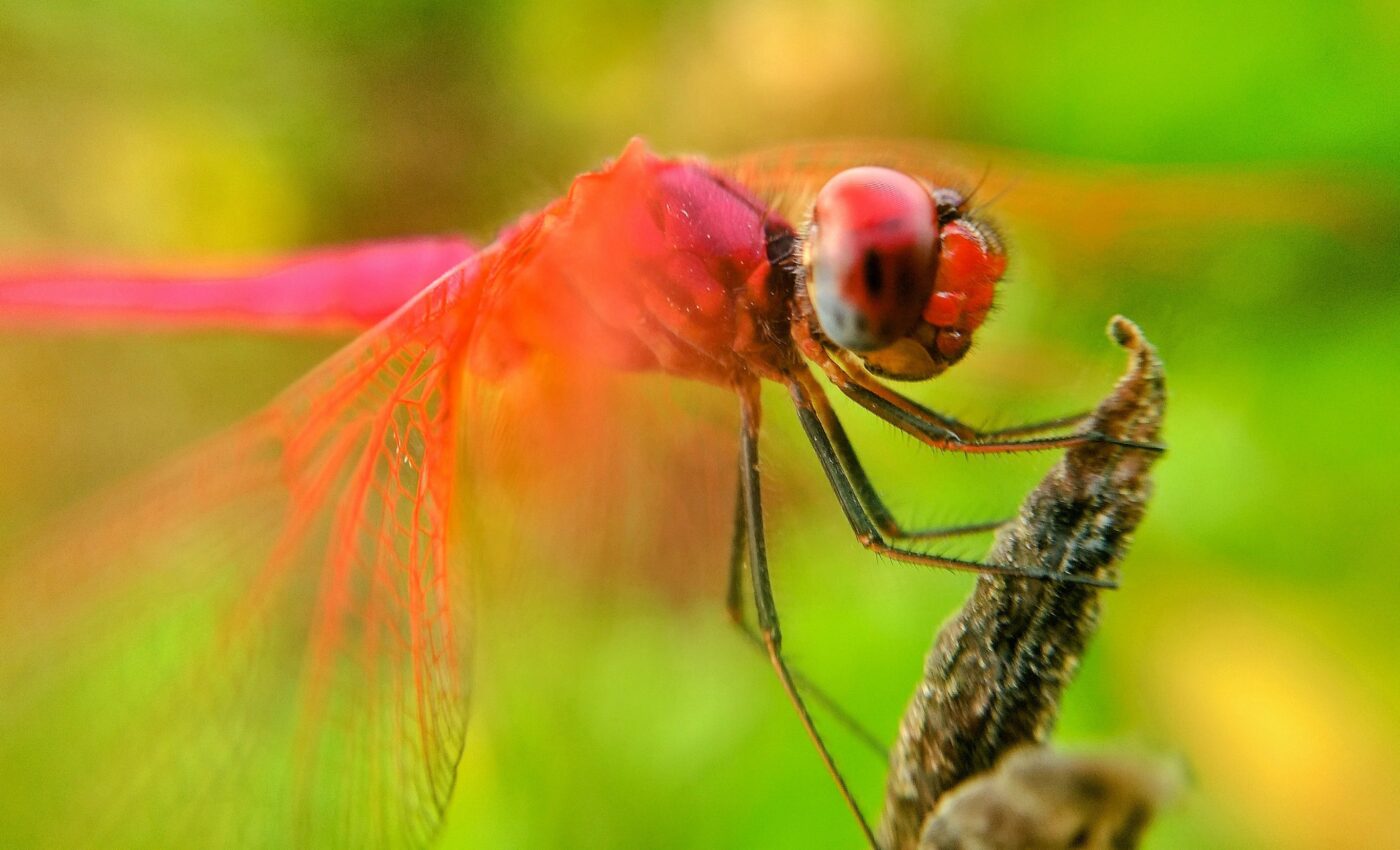
Hundreds of dragonfly species at risk of extinction
Due to the expansion of unsustainable agriculture and urbanization around the world, there is widespread loss of the swamps, marshes, and free-flowing rivers that dragonflies usually breed in, causing a significant worldwide decline of this species. These findings from the International Union for Conservation of Nature’s (IUCN) latest global assessment suggest that one out of six dragonfly species is at risk of extinction.
After the latest update, IUCN’s Red List of endangered species has exceeded 40,000 for the first time. The assessment of the world’s dragonfly and damselfly populations reveals that 16 percent out of 6,016 species are at risk of extinction, due to significant deterioration of their freshwater breeding grounds.
“By revealing the global loss of dragonflies, today’s Red List update underscores the urgent need to protect the world’s wetlands and the rich tapestry of life they harbor. Globally, these ecosystems are disappearing three times faster than forests,” said Dr Bruno Oberle, IUCN’s Director General.
“Marshes and other wetlands may seem unproductive and inhospitable to humans, but in fact they provide us with essential services. They store carbon, give us clean water and food, protect us from floods, as well as offer habitats for one in ten of the world’s known species.”
In South and Southeast Asia, over a quarter of dragonfly species are under threat, due to the clearing of wetland and rainforests for agricultural purposes, such as making room for crops like palm oil. In Central and South America, forests are cleared for residential and commercial purposes, while in North America and Europe, the greatest threat to dragonflies are the extensive use of pesticides and other pollutants, as well as the damage brought by climate change.
“Dragonflies are highly sensitive indicators of the state of freshwater ecosystems, and this first global assessment finally reveals the scale of their decline. It also provides an essential baseline we can use to measure the impact of conservation efforts,” said Dr Viola Clausnitzer, Co-chair of the IUCN SSC Dragonfly Specialist Group.
“To conserve these beautiful insects, it is critical that governments, agriculture and industry consider the protection of wetland ecosystems in development projects, for example by protecting key habitats and dedicating space to urban wetlands,” she concluded.
The report’s photos, summary statistics, and translations can be found here.
—
By Andrei Ionescu, Earth.com Staff Writer













